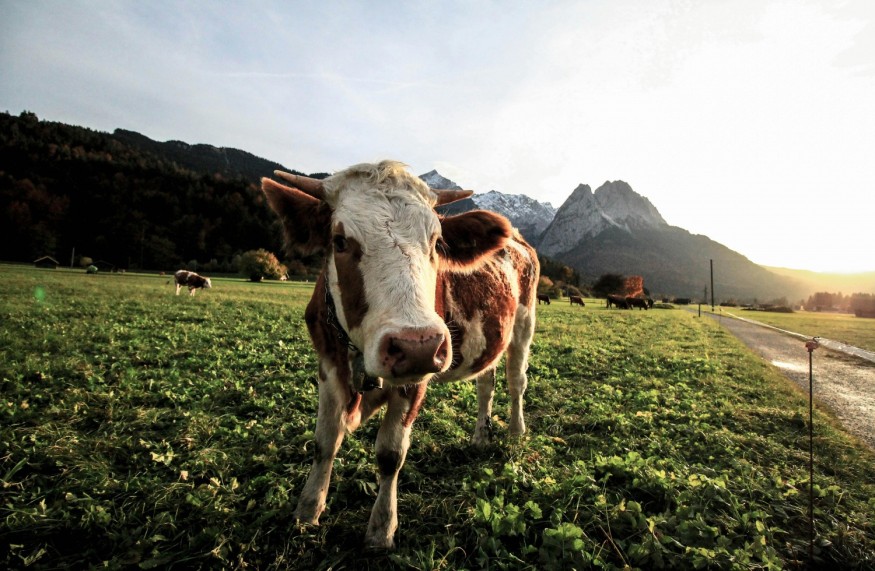Laboratory examinations of milk from cows infected by H5N1 influenza, known as bird flu, confirm that it is infectious.

Test On Milk
The Centers of Excellence for Influenza Research and Response, or CEIRR, is a federally funded program that includes researchers from the University of Wisconsin School of Veterinary Medicine. This network has been conducting rapid research to address pressing concerns about the H5N1 outbreak in dairy cattle.
Four contaminated cows, two from Kansas and two from New Mexico, provided milk for the trials.
The H5N1 virus was handled under tight safety standards in a high-security Biosafety Level 3 lab at the University of Wisconsin, as it is regarded as a select agent.
First, it was determined that the H5N1 virus had contaminated the raw milk. They then chilled some of the raw milk to see if the virus would eventually go down in the milk. Over a 5-week period, there was a slight but non-significant decrease in the amount of viruses in raw milk.
The researchers also tested a variety of pasteurization techniques to determine which ones could be most effective at rendering the virus inactive.
Small samples of milk were heated to the times and temperatures used in two different types of pasteurization: high-temperature short-time, or flash pasteurization, which is the most widely used method in the US today, and low-temperature long-time, or vat pasteurization.
The vat pasteurization procedure, which involves heating the milk to 63 degrees Celsius (145 degrees Fahrenheit) at intervals of 5 to 30 minutes, eliminated the virus to undetectable levels.
Heating the milk to 72 degrees Celsius, or 181 degrees Fahrenheit, for 15 to 20 seconds gave results that were almost identical to flash pasteurization, even if it didn't completely inactivate the virus.
Incubated chicken eggs might still be infected by milk samples heated for 15 or 20 seconds, a test that the US Food and Drug Administration has dubbed the "gold standard" for figuring out whether viruses can still infect milk.
"But we emphasize that the conditions used in our laboratory study are not identical to the large-scale industrial treatment of raw milk," said senior study author Dr. Yoshihiro Kawaoka, a virologist who specializes in the study of flu and Ebola.
Infection Of People, Animals
People should not eat or drink raw milk or anything made from it, even if the US Centers for Disease Control and Prevention state that there is no risk to the general public.
Nine states and 58 dairy herds have tested positive for H5N1 influenza thus far. Texas is no longer the state with the most contaminated herds; Michigan now holds the top spot.
Researchers also squirted some of the raw milk into the mouths of mice to see if it might spread to other animals. The following day, the animals displayed symptoms of disease.
The mice were put to death on day four, even though they hadn't succumbed to their diseases. This allowed the researchers to identify the affected body sections. The virus was discovered throughout the subjects' bodies, with the lungs and respiratory tract having the highest viral levels. Even though the mice weren't making milk at the time, they also discovered a virus in their mammary glands.
When combined, the researchers' data support the possibility that raw milk poses a risk to humans by infecting vulnerable animals.
According to US Department of Agriculture authorities, no raw milk was being sold to consumers from farms known to have H5N1 infections.
Related Article : Bird Flu Outbreak in Seals Causes Urgent Mitigation Efforts to Slow Down the Virus Spread
© 2025 NatureWorldNews.com All rights reserved. Do not reproduce without permission.





